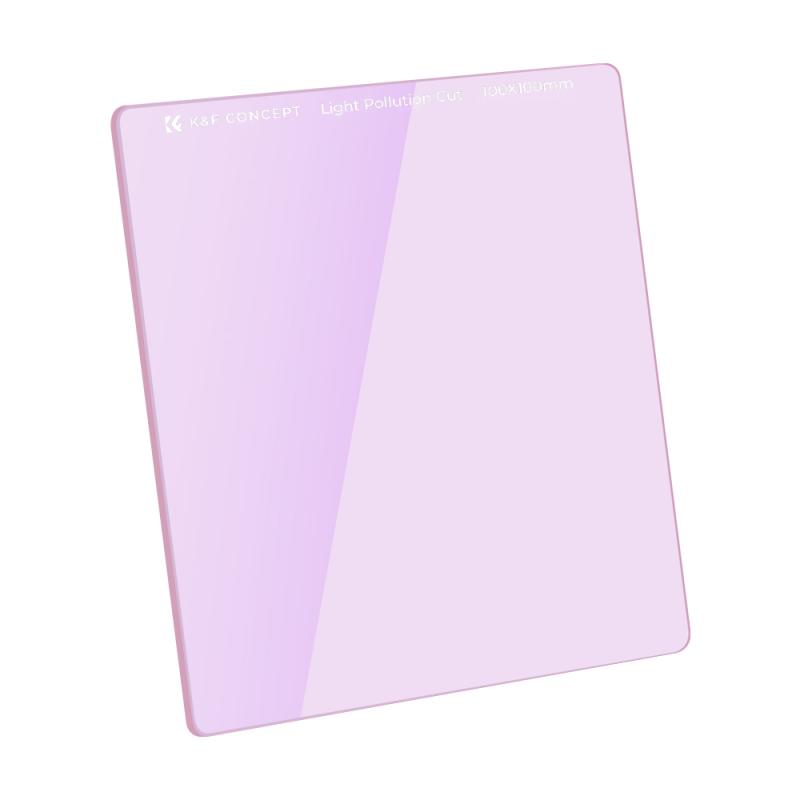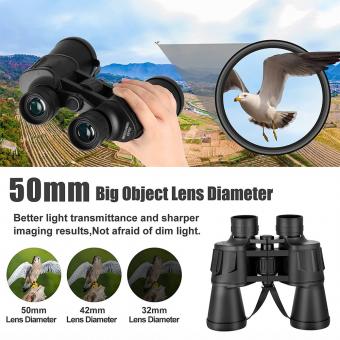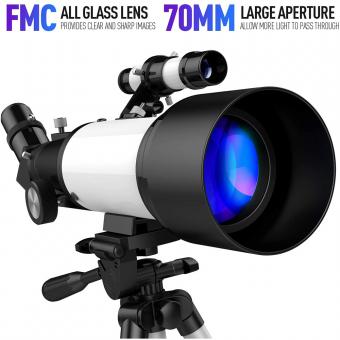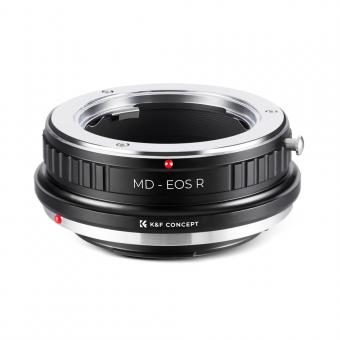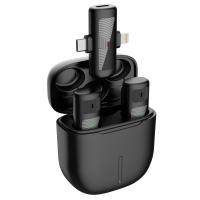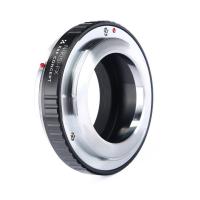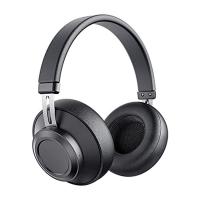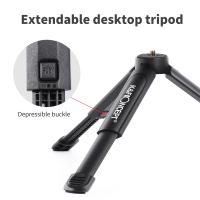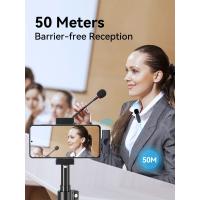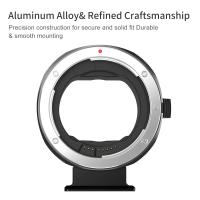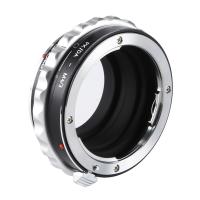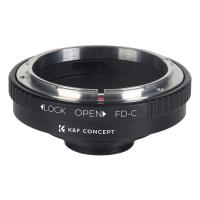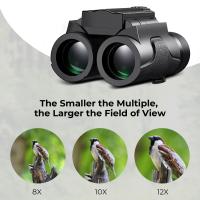What Is A Good Starter Telescope For Astrophotography ?
A good starter telescope for astrophotography is the Celestron NexStar 6SE. It offers a good balance between portability and performance, with a 6-inch aperture and a computerized mount. Another option is the Orion StarBlast 6 Astro Reflector, which is a compact and affordable telescope suitable for beginners in astrophotography. Both telescopes provide decent image quality and are compatible with DSLR cameras for capturing celestial objects.
1、 Aperture: Larger aperture for better light gathering and image quality.
A good starter telescope for astrophotography should have a few key features that make it suitable for capturing stunning images of the night sky. One of the most important factors to consider is the aperture size. Aperture refers to the diameter of the telescope's primary mirror or lens, and a larger aperture allows for better light gathering and image quality.
A larger aperture enables the telescope to collect more light, which is crucial for capturing faint objects in the sky. It also helps to improve the overall image quality by providing sharper and more detailed views. With a larger aperture, you can capture more intricate details of celestial objects such as galaxies, nebulae, and planets.
In recent years, there have been advancements in telescope technology, and new models with larger apertures have become more accessible and affordable. For astrophotography, it is recommended to choose a telescope with an aperture of at least 6 inches (150mm) or larger. This will provide a good balance between portability and light-gathering capability.
Additionally, it is important to consider other factors such as the telescope's focal length, focal ratio, and mount stability. These factors will affect the field of view, image scale, and tracking accuracy, which are crucial for astrophotography.
In conclusion, when looking for a good starter telescope for astrophotography, prioritize a larger aperture for better light gathering and image quality. However, it is also essential to consider other factors to ensure a well-rounded astrophotography experience.
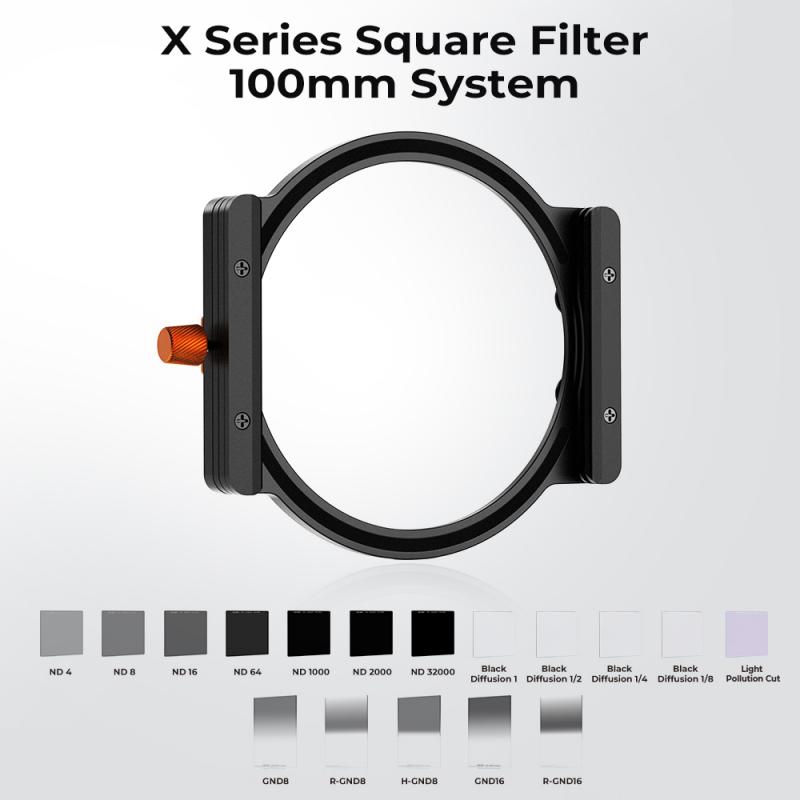
2、 Focal Length: Longer focal length for higher magnification and detailed images.
A good starter telescope for astrophotography is one that offers a balance between affordability, ease of use, and capability. When it comes to astrophotography, one of the key factors to consider is the focal length of the telescope.
Focal length refers to the distance between the lens or mirror of the telescope and the point where the light converges to form an image. Longer focal lengths generally provide higher magnification and more detailed images. This is particularly important for capturing distant celestial objects such as galaxies and nebulae.
However, it's worth noting that longer focal lengths also come with some challenges. They can make it more difficult to track objects in the sky due to their narrower field of view. Additionally, longer focal lengths require more precise tracking and longer exposure times, which can increase the chances of capturing blurry images due to Earth's rotation.
In recent years, there have been advancements in technology that have made astrophotography more accessible to beginners. Some entry-level telescopes now come with built-in tracking systems and computerized mounts, which help compensate for Earth's rotation and make it easier to capture sharp images.
One popular option for beginners is a refractor telescope with a focal length of around 600-800mm. These telescopes are relatively compact, easy to set up, and provide good image quality. Another option is a small to medium-sized reflector telescope with a focal length of around 800-1200mm. Reflectors are generally more affordable and offer a wider field of view compared to refractors.
Ultimately, the choice of a starter telescope for astrophotography depends on your budget, level of experience, and specific interests. It's always a good idea to do some research, read reviews, and seek advice from experienced astrophotographers before making a purchase.

3、 Mount: Equatorial mount for precise tracking and longer exposures.
A good starter telescope for astrophotography would typically include a few key features to ensure optimal results. One important aspect is the mount, which should be an equatorial mount for precise tracking and longer exposures. This type of mount allows the telescope to follow the rotation of the Earth, compensating for its movement and enabling longer exposure times without star trailing.
Equatorial mounts come in various sizes and designs, but for beginners, a motorized or computerized mount is highly recommended. These mounts have built-in tracking systems that automatically compensate for the Earth's rotation, making it easier to capture sharp and detailed images of celestial objects.
In terms of the telescope itself, a refractor or a reflector telescope can both be suitable for astrophotography. Refractors are known for their crisp and high-contrast images, while reflectors offer larger apertures at a more affordable price. The choice between the two depends on personal preferences and budget.
For astrophotography, it is crucial to consider the aperture size of the telescope. A larger aperture allows more light to enter the telescope, resulting in brighter and more detailed images. However, larger apertures also mean heavier and bulkier telescopes, which may require a sturdier mount for stability.
Lastly, it is worth mentioning that the latest advancements in technology have made astrophotography more accessible than ever before. There are now affordable options available that combine high-quality optics with user-friendly features, such as built-in cameras and Wi-Fi connectivity for easy image transfer and control.
In conclusion, a good starter telescope for astrophotography should have an equatorial mount for precise tracking and longer exposures. The choice of telescope type, aperture size, and additional features will depend on personal preferences, budget, and the latest advancements in technology.
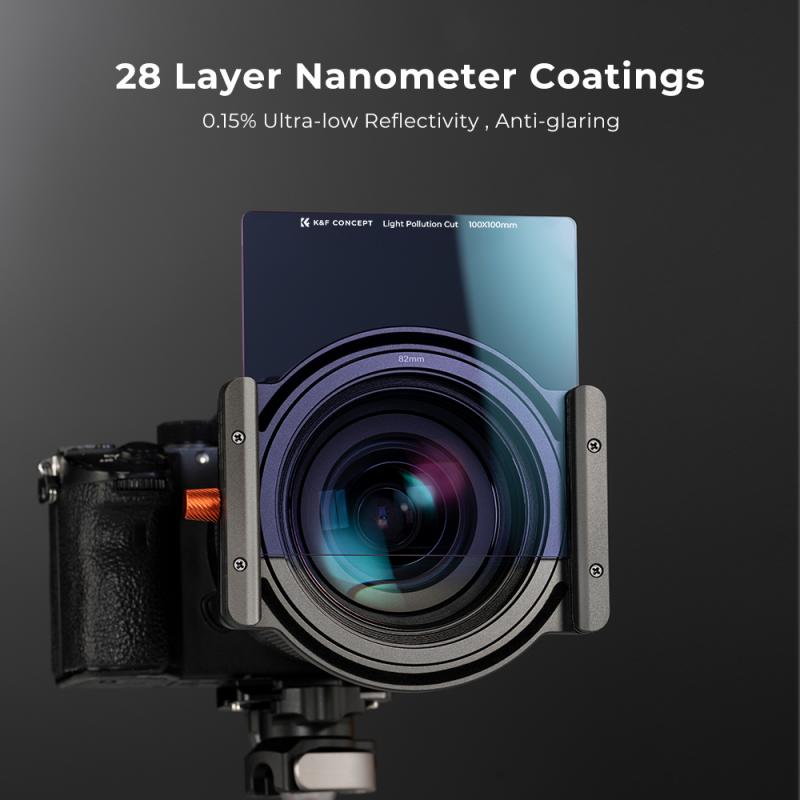
4、 Camera Compatibility: Telescope with a camera adapter for astrophotography.
A good starter telescope for astrophotography would be one that offers camera compatibility and comes with a camera adapter specifically designed for astrophotography. This is crucial because astrophotography requires attaching a camera to the telescope to capture images of celestial objects.
Camera compatibility allows you to connect your DSLR or mirrorless camera to the telescope, enabling you to capture high-quality images of the night sky. The camera adapter serves as the interface between the telescope and the camera, ensuring a secure and stable connection.
When choosing a telescope for astrophotography, it is important to consider factors such as aperture, focal length, and mount stability. A larger aperture allows more light to enter the telescope, resulting in brighter and more detailed images. A longer focal length provides higher magnification, allowing you to capture distant objects with greater detail. Additionally, a stable mount is essential to prevent vibrations and ensure sharp images.
It is worth noting that the latest advancements in technology have made astrophotography more accessible to beginners. There are now telescopes available that are specifically designed for astrophotography, offering features like built-in tracking systems and auto-guiding capabilities. These features help compensate for the Earth's rotation, allowing for longer exposure times and more precise tracking of celestial objects.
In conclusion, a good starter telescope for astrophotography should have camera compatibility and come with a camera adapter. Considering factors such as aperture, focal length, and mount stability will help you choose a telescope that suits your needs. Additionally, exploring the latest advancements in technology can provide you with options that make astrophotography more accessible and enjoyable for beginners.
